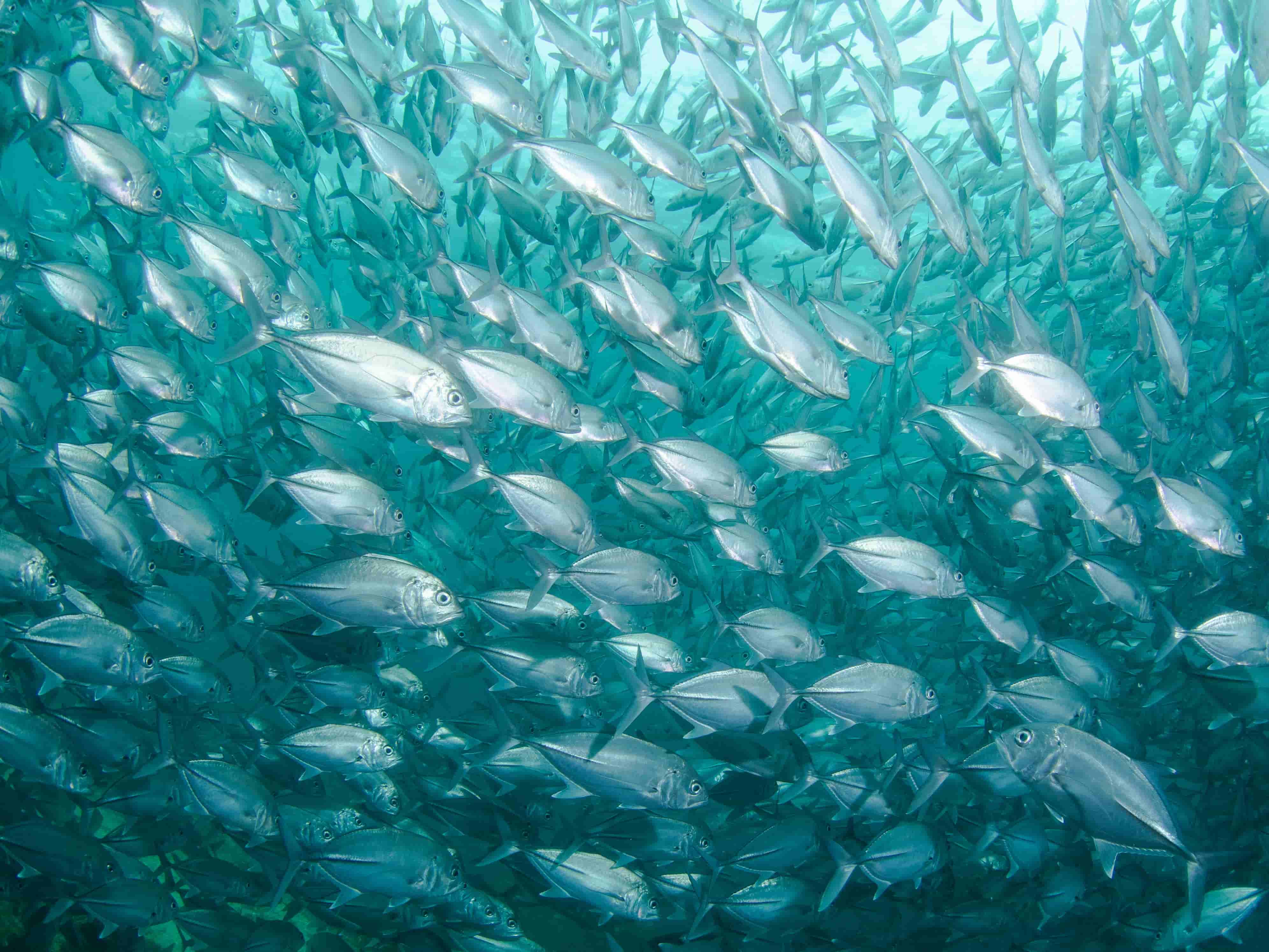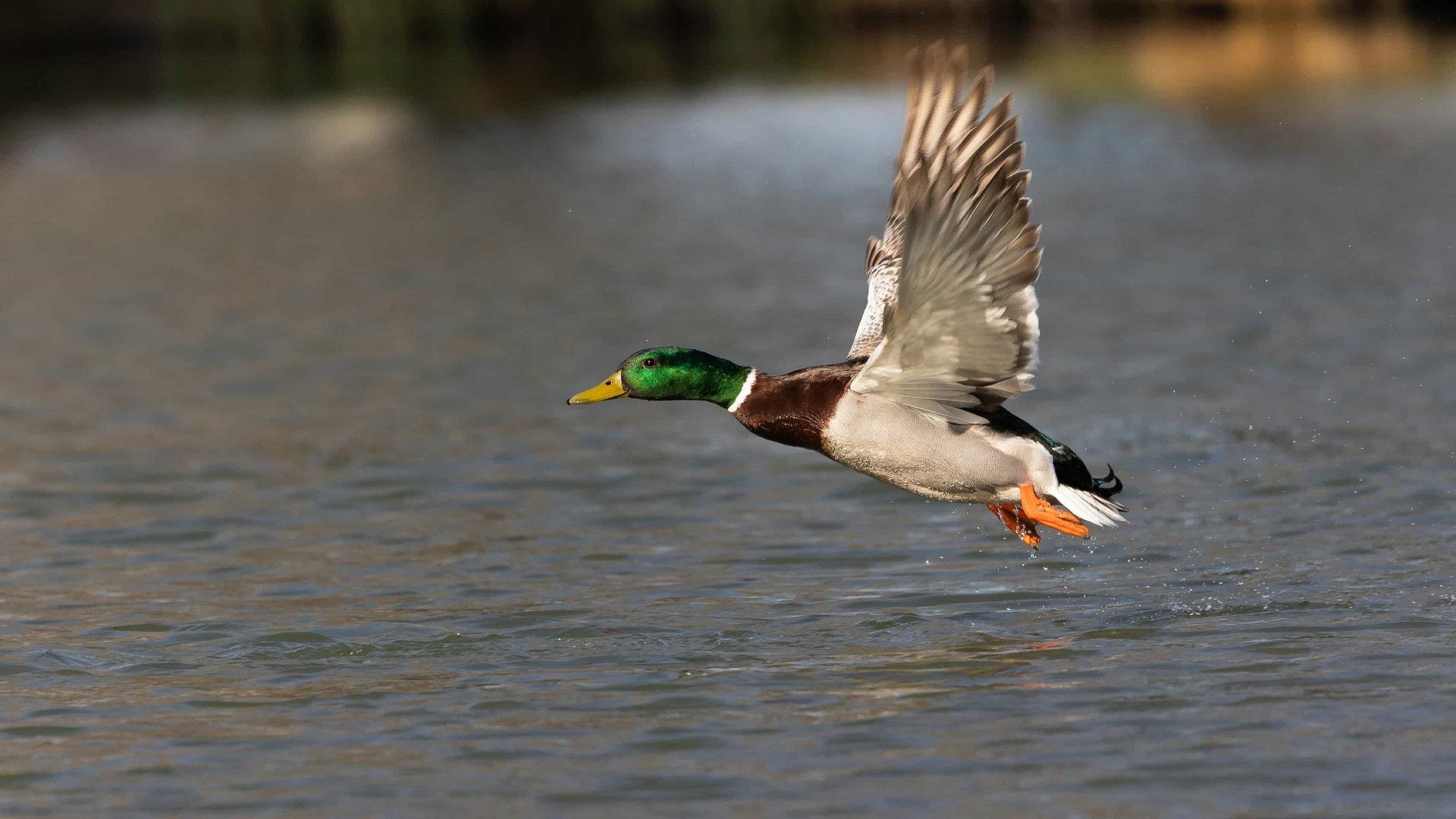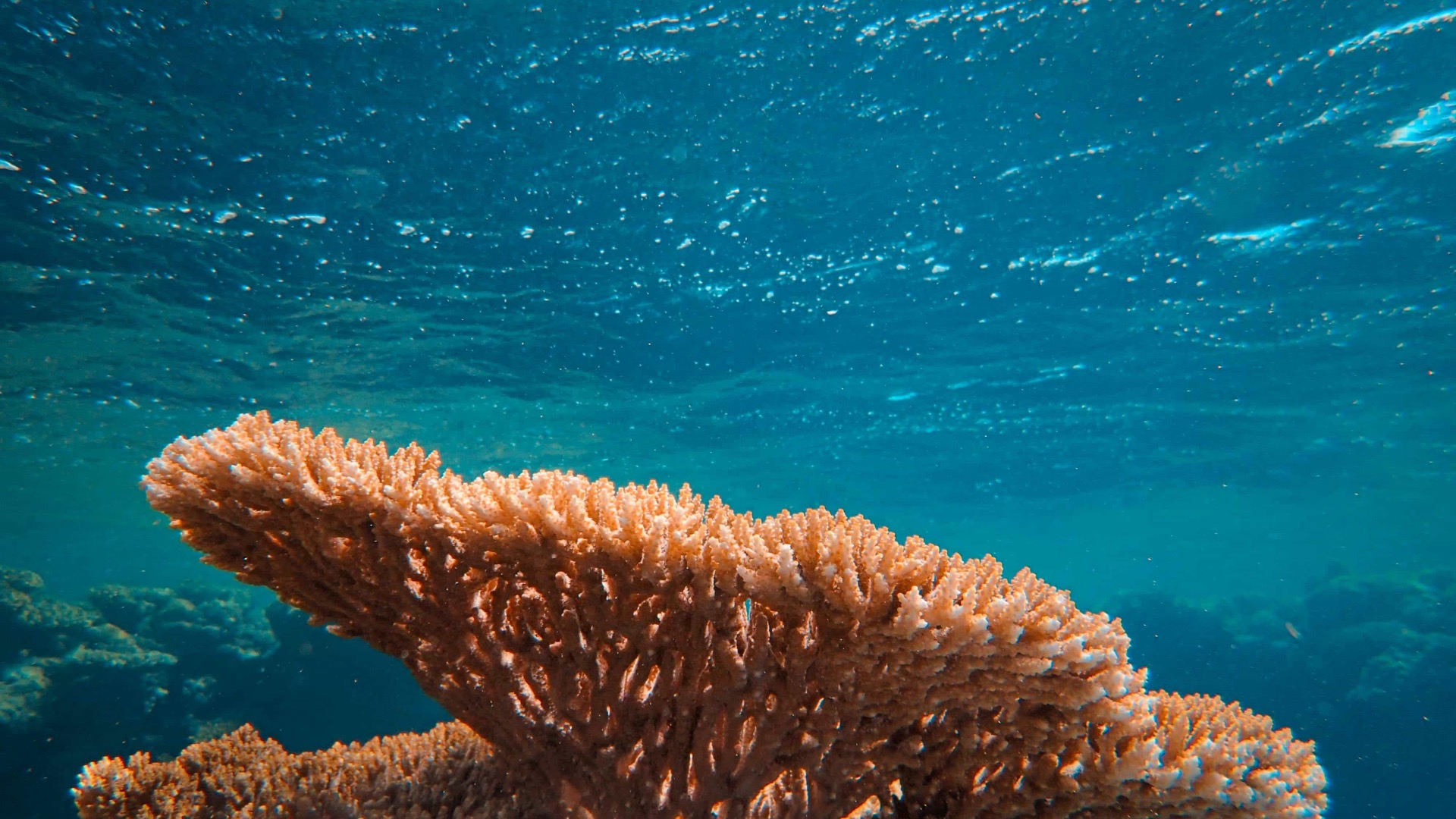How do fish in schools know where to go? How do they decide who to follow and what to pay attention to? Scientists have made a breakthrough in understanding these questions by creating a non-invasive method to track the eye movements of free-swimming fish in 3D. This cutting-edge technology provides an entirely new way to understand how fish see their world and interact with each other in groups, offering fascinating insights into animal behavior.
A New Way to See What Fish See
For years, studying fish vision in motion has been difficult. Traditional methods relied on invasive techniques, like attaching markers to fish, which often altered their natural behavior. But this new method uses advanced imaging and deep learning to track fish eye movements without interfering with them. By analyzing videos from multiple cameras, researchers created 3D models of the fish and reconstructed what each fish could see through its own eyes.
This technology doesn’t just track where the eyes move - it also reconstructs the fish’s “retinal view,” or what it actually focuses on. Using this system, the researchers discovered how fish in a school adjust their gaze to keep their neighbors in view, helping them maintain coordination in the group.
Key Findings About Fish Vision
The study focused on goldfish swimming in pairs. Researchers found that when one fish follows another, it uses both of its eyes differently. The eye on the same side as the leader tracks the leader’s movements, keeping the leader centered in its field of vision. Meanwhile, the opposite eye adjusts independently, suggesting that fish process two different visual streams at once - an impressive example of multitasking.
Interestingly, the eye movements of the following fish were often negatively synchronized. This means that while one eye moved to track the leader, the other moved in the opposite direction. This allows fish to simultaneously monitor their surroundings and the fish in front of them, helping them navigate complex environments without losing sight of their neighbors.
How the Technology Works
The research team used a method called DeepShapeKit to build 3D models of the fish based on video footage. First, they reconstructed the body shape of each fish in motion. Then, they applied perspective transformations to track the position and movements of each eye in real time. Finally, using 3D rendering tools, they recreated the view from each fish’s perspective, simulating what it sees as it swims.
The setup involved synchronized cameras capturing the fish from multiple angles. This data was fed into a deep learning system, which detected the fish’s eyes and calculated their movements. The method was validated against human-labeled data, confirming its accuracy.
Why This Matters
Understanding how fish perceive their environment is a big step in understanding how they coordinate as a group. Schooling behavior isn’t just about copying the movements of others - it’s about using vision to make decisions and maintain positions in the group. This research could shed light on how animals process visual information in social contexts, from fish to birds and even humans.
Beyond biology, the findings have potential applications in technology. For example, understanding how fish track and follow each other could inspire new designs in swarm robotics, where machines mimic animal group behaviors to solve complex problems. The research could also help in designing artificial vision systems that need to track multiple objects at once.
The Bigger Picture
This study offers a glimpse into how animals use their senses to interact with each other and their environment. By combining advanced technology with biology, scientists are uncovering the hidden rules that govern collective behavior. As this method is further refined, it could be used to study other species and even more complex group dynamics.
For now, the study reminds us that even the simplest creatures, like goldfish, rely on extraordinary systems to navigate their world. By better understanding how animals see and think, we can not only learn more about them but also improve the tools and technologies we use in our own lives.


